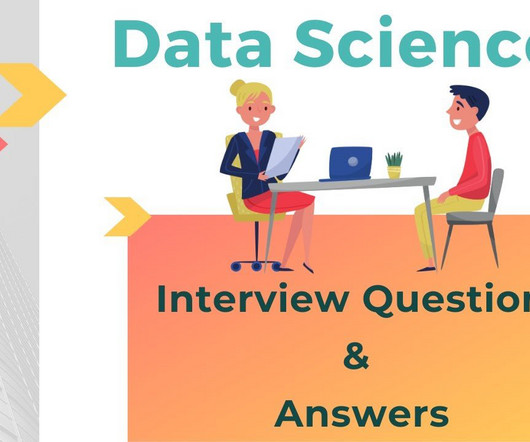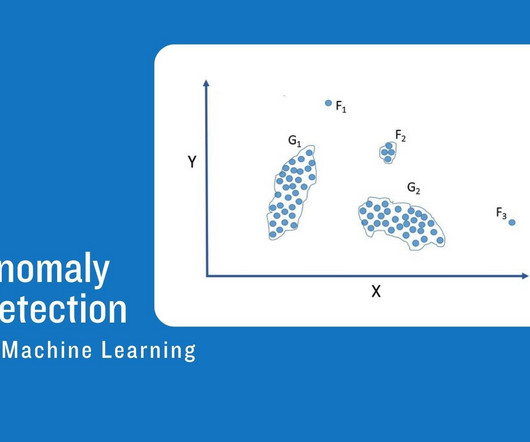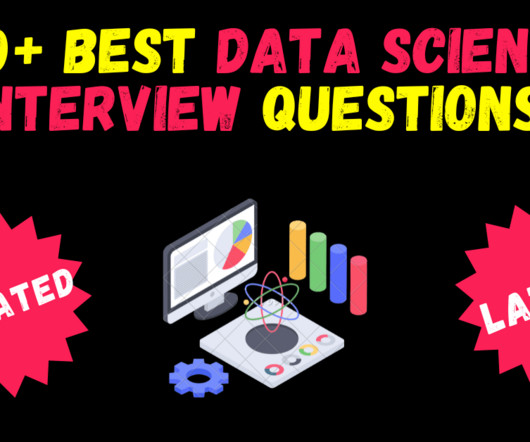How to build a Machine Learning Model?
Pickl AI
AUGUST 1, 2023
The model learns to map input features to the correct output by minimizing the error between its predictions and the actual target values. Examples of supervised learning models include linear regression, decision trees, support vector machines, and neural networks.



















Let's personalize your content